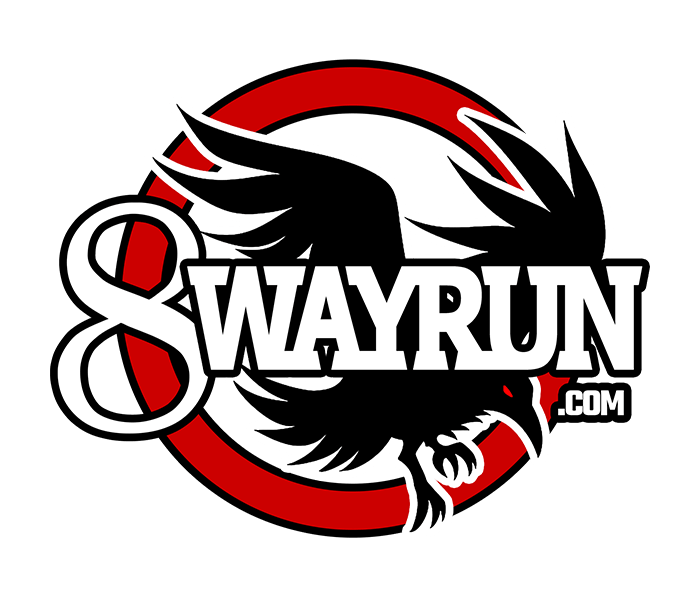Age_of_Truth
[12] Conqueror
This is really good. This kind of stuff is basic knowledge for SF players (and probably other 2D games) but loads of Soul players simply don't know this stuff. Maybe this can get stickied at the top of the Strategy section?
The part about active frames is excellent, but maybe you could reword it with more basic terminology? I have a feeling the only people who'll understand your explanations of meaty and tip range etc. will be those who already knew about it.
About frame traps, again it might be good to state it more simply. E.g. In many fighting games, basic defense is about blocking a series of your opponent's attacks until you have an opening to fight back. Usually you will be able to fight back once an opponent's attack or series of quick attacks has ended (which can be explained by the concepts of frame advantage and disadvantage, as you have shown, because the recovery frames of most moves or strings will exceed the blockstun frames). A 'frame trap' is a term for a move that appears to give the opponent an opening to attack after blocking, but in fact leaves them at disadvantage because of the low recovery frames.
The examples above of frame traps at disadvantage (using fast moves like Amy 6BB) are also true, and show how the frame trap subject could be covered in some depth.
I also think you should include something about punishing. I.e. long recovery and relatively short blockstun frames. I think it's one of the most important concepts related to frame data for a player trying to enter the competitive scene. You could also explain how combos work as it's like punishing in reverse, i.e. long hitstun and relatively short receovery. With active frames / hitstun / blockstun / frametrap / punishment / combos I think that covers all the most important parts of understanding what frame data actually means.
Good work IFB, and a good follow up to your anti-Scrub guides!
The part about active frames is excellent, but maybe you could reword it with more basic terminology? I have a feeling the only people who'll understand your explanations of meaty and tip range etc. will be those who already knew about it.
About frame traps, again it might be good to state it more simply. E.g. In many fighting games, basic defense is about blocking a series of your opponent's attacks until you have an opening to fight back. Usually you will be able to fight back once an opponent's attack or series of quick attacks has ended (which can be explained by the concepts of frame advantage and disadvantage, as you have shown, because the recovery frames of most moves or strings will exceed the blockstun frames). A 'frame trap' is a term for a move that appears to give the opponent an opening to attack after blocking, but in fact leaves them at disadvantage because of the low recovery frames.
The examples above of frame traps at disadvantage (using fast moves like Amy 6BB) are also true, and show how the frame trap subject could be covered in some depth.
I also think you should include something about punishing. I.e. long recovery and relatively short blockstun frames. I think it's one of the most important concepts related to frame data for a player trying to enter the competitive scene. You could also explain how combos work as it's like punishing in reverse, i.e. long hitstun and relatively short receovery. With active frames / hitstun / blockstun / frametrap / punishment / combos I think that covers all the most important parts of understanding what frame data actually means.
Good work IFB, and a good follow up to your anti-Scrub guides!

